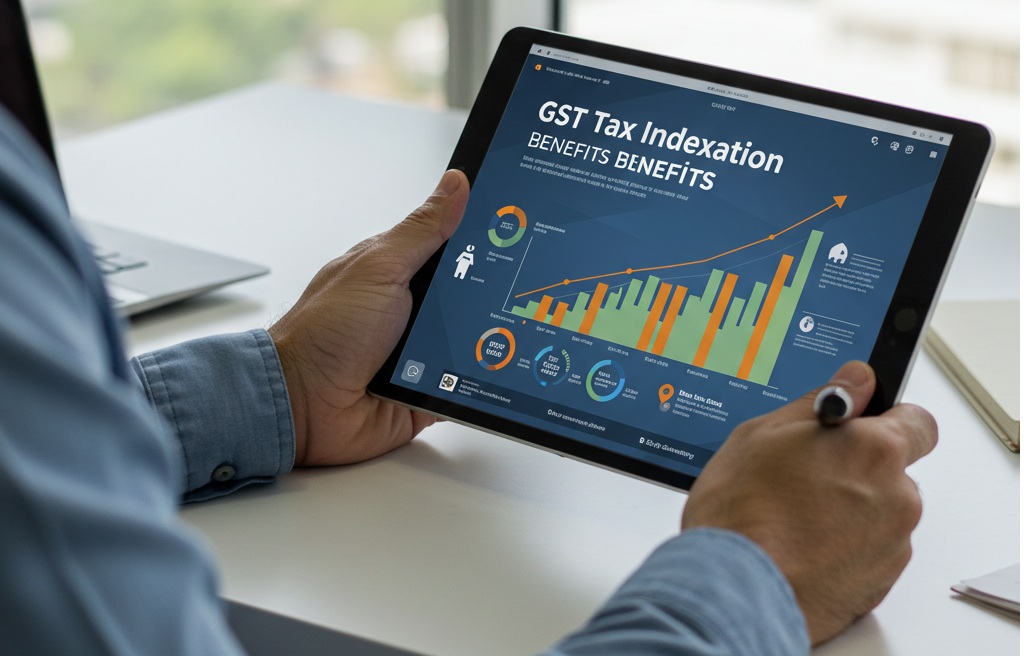In a recent circular 224/18/2024-GST [CBIC-20001/4/2024-GST] dated 11th July 2024, it has been clarified that upon payment of an amount equivalent to 20% of the disputed tax amount and filing of an undertaking with the jurisdictional proper officer stating the intention to file an appeal before the GSTAT, recovery for the balance amount will be stayed.
However, the circular also provides that in case the taxpayer does not make the payment of 20% or does not provide the undertaking before the proper officer, then it will be presumed that the taxpayer is not willing to file an appeal.
This clarification with regard to the stay of demand post-decision of the first appellate authority until the Tribunal becomes operational will be beneficial.
It was much needed for tax administration, especially considering the huge number of litigations expected for FY 2017-18, 2018-19, and 2019-20 due to several thousands of notices issued. This will help avoid uncertainty for taxpayers and unburden the High Courts.
The proposed recovery without the 20% payment or even without the declaration (after making the payment) seems to be an unjust burden on taxpayers.
Making the payment before the Tribunal is even constituted will block working capital and impact liquidity, particularly in light of historically low success rates of the tax department in such litigations.
A swift functioning Tribunal is imperative due to the expected backlog, especially with the expiration of the time limits for FY 2018-19 and 2019-20.
Pre-deposit Amount Update
The Finance Act, 2024, following the GST Council’s recommendation, reduced the pre-deposit amount to 10% (subject to a maximum of ₹40 Crores each for CGST and SGST) while filing an appeal before the first appellate authority.
An additional 10% of the remaining amount (again, capped at ₹40 Crores each for CGST and SGST) is payable when filing before the Appellate Tribunal. Once this is paid, the recovery proceedings for the remaining amount are deemed stayed.
This reduction from 20% to 10% and from ₹50 Crores to ₹40 Crores is welcome, but the 20% of disputed tax still required while filing the appeal before the Tribunal remains significantly high.
The Economic Survey for FY 2017-18 showed the department’s success rate in appeals was under 30%, even as low as 12% at CESTAT level. Rationalising the pre-deposit will help ease working capital pressure and benefit the overall business environment.
Conclusion
Certainty in tax laws helps businesses plan and grow effectively. Uncertainty hampers ease of doing business. There must be absolute clarity in tax law, reporting, and appellate procedures. Proactive steps from the government are necessary to make GST truly a “Goods & Simple Tax.”
Navigating Indexation Benefits after the Finance (No.2) Act, 2024
Author: CA. M.K. Gupta
Introduction
Indexation is a measure of inflation used under the Income-tax Act, 1961 for computing long-term capital gains on asset sales. It adjusts the asset’s purchase price to reflect inflation, reducing tax liability.
The index is notified annually by the Central Government, based on 75% of the average rise in the consumer price index (CPI). The Cost Inflation Index (CII) for FY 2024-25 is 363.
How Indexed Cost of Acquisition is Computed
To factor inflation into asset valuation:
- Multiply the original cost of acquisition with the CII of the year of sale.
- Divide that by the CII of the year of purchase.
- For assets bought before 2001, use FMV as on 1st April 2001 and CII of 2001-02.
- For improvements, apply the same formula using respective years.
Formula:
Indexed Cost = (Index of year of sale / Index of year of purchase) × Original cost.
Example:
Property bought in 2001-02 for ₹20L, sold in AY 2023-24 for ₹85L
Indexed Cost = (348/100) × 20 = ₹69.60L
LTCG = ₹85L – ₹69.60L = ₹15.40L
Benefits of Indexation
Before the amendment, LTCG tax under Section 112 was 20% with indexation. So, tax = ₹15.40L × 20% = ₹3.08L
Without indexation: Tax = 20% of ₹65L = ₹13L
Indexation offers substantial tax savings and is not applicable to short-term gains.
Impact Due to Amendment in Budget 2024
The Finance (No. 2) Bill, 2024 proposed eliminating the indexation benefit. Its removal could have increased the tax burden on sellers significantly. To offset this, the LTCG tax rate was reduced from 20% to 12.5% (effective 23rd July 2024), but without indexation.
This change was anticipated to impact the real estate market severely. Investors in long-term property holdings expected diminished returns, especially for properties acquired post-2010.
Example Illustration:
Property bought on 1st April 2010 for ₹30L, sold on 22nd July 2024 for ₹70L:
| Component | With Indexation | Without Indexation |
|---|---|---|
| Sale Value | ₹70.00L | ₹70.00L |
| Indexed Cost of Acquisition | ₹65.21L | — |
| Cost of Acquisition | — | ₹30.00L |
| Capital Gain | ₹4.79L | ₹40.00L |
| Applicable Tax Rate | 20% | 12.5% |
| Tax Payable | ₹0.96L | ₹5.00L |
| Excess Tax | ₹4.04L | |
| Excess Tax (%) | 420.83% |
*Indexed Cost calculated as: (30 / 167) × 363 = ₹65.21L
Clearly, the removal of indexation would have significantly increased tax burdens for many.
Critical Review of Relief in Finance Bill (No. 2), 2024
On 7th August 2024, the Lok Sabha passed the final Finance (No. 2) Bill, allowing taxpayers to choose between:
- Option A: 12.5% LTCG without indexation
- Option B: 20% LTCG with indexation (for properties purchased before 23rd July 2024)
This “grandfathering clause” protects older property purchases and lets taxpayers calculate tax both ways and pay the lower of the two.
Whether Indexation Relief Is Beneficial
Choosing between indexation and flat 12.5% depends on:
- Holding period of the asset
- Amount of capital appreciation
- Cost of acquisition
Extended Illustration:
Property purchased on 1st April 2010 for ₹30L, sold at different prices:
| Sale Value (₹L) | With Indexation | Without Indexation | Tax With Indexation (₹L) | Tax Without Indexation (₹L) | Tax Difference (₹L) | % Difference |
|---|---|---|---|---|---|---|
| ₹70.00 | ₹4.79 gain | ₹40.00 gain | ₹0.96 | ₹5.00 | ₹4.04 | 420.83% |
| ₹110.00 | ₹44.79 gain | ₹80.00 gain | ₹8.96 | ₹10.00 | ₹1.04 | 11.61% |
| ₹135.00 | ₹69.79 gain | ₹105.00 gain | ₹13.96 | ₹13.13 | -₹0.83 | -5.98% |
| ₹150.00 | ₹84.79 gain | ₹120.00 gain | ₹16.96 | ₹15.00 | -₹1.96 | -11.55% |
Conclusion from illustrations:
- Indexation is beneficial when sale value is lower (₹70L or ₹110L).
- 12.5% flat rate is better when sale value is higher (₹135L and above).
Limitations and Eligibility
- Only resident individuals and HUFs can opt for indexation under Section 112(1)(a).
- Not available to companies, LLPs, firms, or AOPs.
- Only applies to immovable property (land/building) purchased before 23rd July 2024.
- Does not apply to gold, securities, or other capital assets.
- Whether leasehold rights qualify as “land/building” is still debatable and fact-specific.
Final Thoughts
The option to choose between indexation and a reduced tax rate offers flexibility. Taxpayers should calculate liability under both methods and choose the beneficial one. These reforms aim to simplify the capital gains regime, reduce litigation, and provide tax certainty—aligning with the government’s broader goals under Union Budget 2024–25.


